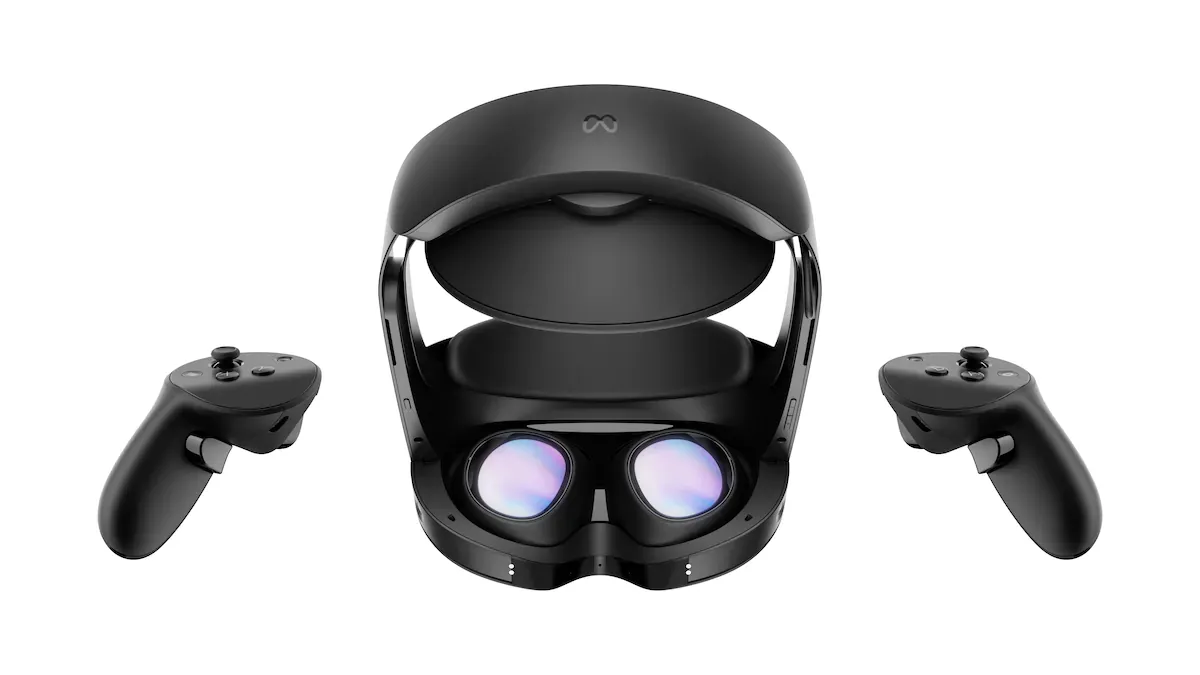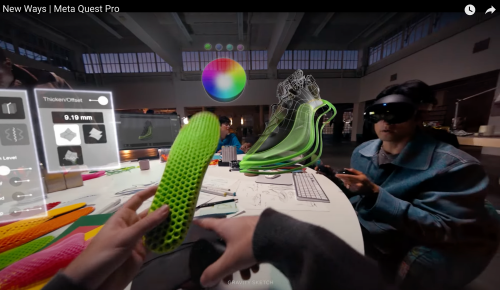
Zuckerberg debuted the device at Meta’s Connect conference, geared toward VR and augmented reality developers. The new headset costs $1,100 more than Meta’s Quest 2 and contains new technologies like an advanced mobile Qualcomm Snapdragon computer chip that helps the device produce more detailed graphics. Now it’s available for pre-order.
The Quest Pro also has improved touch controllers that contain embedded sensors, allowing for better hand tracking, and new lenses for improved reading experiences. It also contains some mixed-reality features that can blend elements of the virtual world with the physical world, which is important for the creation of the metaverse.
Unfortunately, our team couldn’t test the new headset, but we’ve found a detailed article on The Washington Post about the whole experience by Geoffrey A. Fowler, a tech columnist. The main question he raises in the article is whether the Quest Pro by Meta will bring us closer to the metaverse. Spoiler: no, it won’t.
First of all, the Quest Pro is not your usual VR goggles as they are said to be able to layer digital images on to what’s actually in front of you and track your eyeballs and facial muscles to help you express emotion through a virtual avatar. However, these two most advanced technical features do not work as they are supposed to, and also pose new concerns about privacy and data exchange with other Meta apps.
Here is a short list of things that Meta failed to improve:
- Comfort. The previous Quest headset distributed the weight of the device on your head unevenly as all the hardware was at the front. And of course, made your face sweat a lot. The new headset is more balanced but still weighs 720 grams opposed to the 500 grams of the Meta Quest 2.
- Face tracking. Avatars acted stiff, so to improve this the Quest Pro uses cameras inside and around the front of the device to capture the slightest facial movements. However, it couldn’t track Mr Fowler’s brow and tongue movements. The same for the avatars he interacted with – they looked slightly drunk and were constantly grimacing. Also there’s privacy implications on all of the face data. Meta says that if you turn on the face and eye tracking, the data will be processed by the device and then thrown away. But this data could also be accessed by other Meta apps. So, maybe Facebook will be able to see how long you actually looked at their ads and whether they made you interested.
- Mixed reality. The “mixed reality” technology in the Quest Pro brings inside the headset a colour view of your immediate surroundings so you can interact with it and augment it with virtual images. For instance, the controllers that come with the headset could be used as virtual pens to scribble on your real whiteboard. But yet again, this feature allowed you to see only the blurry washed out world around.

Well, if the Meta Quest Pro failed to meet these features, then what is it good for? Couldn’t find a thing. Virtual learning demo seemed irrelevant as it was of a DJ-ing course. Reimagined Horizon Workrooms for remote workers seemed disorienting as the mouse and screens moved very slowly. So, for now the biggest question for the future of the metaverse is how is this headset better than a laptop or a smartphone.
The reaction of the investors on the release was quite eloquent: on the day Meta shares were down about 4.5% by midday trading to $127.85. But the whole metaverse rally is actually very appealing for other players in the industry: the rumour has it, Apple is planning to release its own AR/VR product in 2023. We continue to observe.

